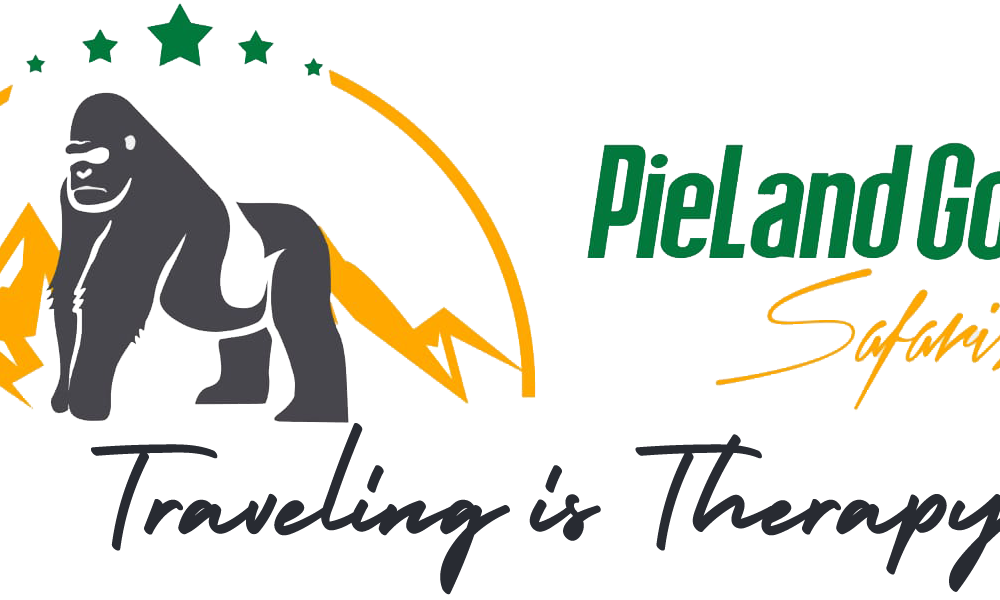Gorilla Trekking in Mgahinga Starting from Rwanda. Gorilla trekking is one of the most thrilling wildlife experiences in the world, and Mgahinga Gorilla National Park in southwestern Uganda offers an incredible opportunity to encounter these gentle giants in their natural habitat. Starting your trek from Rwanda is not only convenient but also adds a unique cross-border adventure to your African safari. Whether you’re a seasoned traveler or a nature enthusiast, this journey promises breathtaking scenery, cultural encounters, and unforgettable memories.
Why Choose Mgahinga Gorilla National Park?
Mgahinga Gorilla National Park is part of the larger Virunga Conservation Area, which includes Rwanda’s Volcanoes National Park and the Democratic Republic of Congo’s Virunga National Park. Although Mgahinga is Uganda’s smallest national park, it is a haven for mountain gorillas and offers an intimate, less crowded trekking experience compared to other parks.
The park is home to the Nyakagezi Gorilla Family, a group known for its calm demeanor and relatively stable movements, making it an ideal target for gorilla trekking. Additionally, Mgahinga offers the unique opportunity to spot golden monkeys, hike scenic volcanic peaks, and engage with the indigenous Batwa community.
Starting from Rwanda: Convenience and Accessibility
Rwanda’s capital, Kigali, is the most convenient starting point for travelers heading to Mgahinga. The drive from Kigali to the Cyanika border post (between Rwanda and Uganda) takes about 3–4 hours, and from there, it’s just a short drive to the park headquarters in Kisoro District, Uganda.
This route is favored by many tourists because Rwanda has a well-maintained road network, a modern international airport, and quicker access to the gorilla trekking sites in southwestern Uganda compared to Kampala or Entebbe. Moreover, starting in Rwanda allows visitors to explore Kigali’s attractions and history before heading into the wild.
The Gorilla Trekking Experience
Trekking in Mgahinga typically begins early in the morning with a briefing at the park headquarters. Visitors are grouped into small teams and assigned a trained ranger guide. The trek can last anywhere from 2 to 6 hours, depending on the gorillas’ location. The hike winds through lush bamboo forests, dense vegetation, and along volcanic slopes – a rewarding experience for nature lovers.
Once the gorilla family is located, visitors are allowed to spend one hour observing and photographing them. This close-up encounter with the gorillas – watching them feed, groom, play, and interact – is profoundly moving and offers a deeper appreciation of wildlife conservation efforts.
Cross-Border Logistics and Permits
Travelers starting in Rwanda but trekking in Uganda need to arrange cross-border permits and visas in advance. Uganda offers a Gorilla Trekking Permit at USD 800 (as of 2024), which is significantly cheaper than Rwanda’s USD 1,500 permit.
For those who plan to explore both Rwanda and Uganda, the East African Tourist Visa is highly recommended. At just USD 100, it allows multiple entries between Rwanda, Uganda, and Kenya within 90 days.
How easy is Gorilla Trekking in Mgahinga National Park?
Gorilla trekking in Mgahinga Gorilla National Park is considered moderately challenging but very rewarding. The park lies within the Virunga Mountains, and the trek often involves hiking through dense forests, bamboo zones, and volcanic terrain at high altitudes (2,200–4,100 meters above sea level). While the trails are not as steep or strenuous as those in some other parks, they do require a reasonable level of physical fitness.
The good news is that Mgahinga is home to only one habituated gorilla family—the Nyakagezi group—which is known for staying within a relatively small and consistent range. This often makes the trek shorter and more predictable, with some trekkers locating the gorillas in as little as 1–2 hours.
The Uganda Wildlife Authority provides experienced ranger guides and porters who assist with navigation and carrying luggage, making the trek more manageable for visitors of various fitness levels. Walking sticks are also provided to help with balance on slippery trails.



